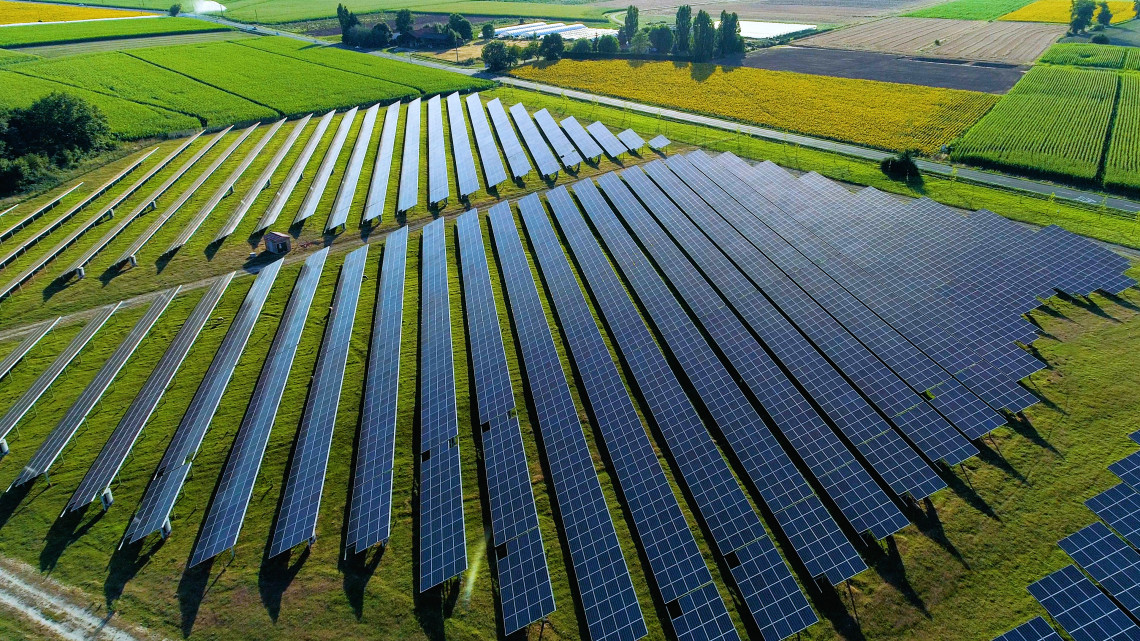Hungary’s solar power generation is soaring higher, and neighboring countries such as Ukraine, which is struggling with an energy crisis, are also benefitting.
During the peak sunshine hours this past Monday, between about 11:00 a.m. and 2:00 p.m., solar power plants generated half of Hungary’s electricity. This means that the role of backyard panels and industrial-scale photovoltaic installations was greater than the combined output of the three largest conventional energy producers — the Paks nuclear power plant, the Mátra power plant and gas-fired units.
Meanwhile, the already low output of the gas and coal-fired energy plants was slightly reduced, according to public data. The four-block nuclear power plant in Paks, however, had reduced output, but unit 2 was back to nominal output on Sunday after secondary circuit maintenance and repairs, according to the National Nuclear Energy Office.
Even more interesting is that from 9:00 a.m. to around 2.30 p.m., Hungary — which is a net importer of electricity to the tune of 30 percent of its usage — exported more electricity than it bought from abroad. The large weight of carbon-free generation is welcome by default, but its large intra-day fluctuations are not good for electricity prices. The final settlement prices on the Hungarian Power Exchange (HUPX) seen on July 9 are widely dispersed — ranging between €26 and €550 per megawatt-hour.
Hungary is one of the countries whose traders are supplying large amounts of electricity to war-torn, energy-starved Ukraine. On Saturday, Slovakia supplied roughly 255 megawatts of power throughput to Ukraine, Romania around 240–250 megawatts, but with large fluctuations throughout the day, and Poland delivered an average of 250 megawatts, but often less. Hungary exported between 650–700 megawatts, and there were even examples of exports of 800 megawatts.
The high demand in Ukraine is mainly due to the damages the Ukrainian power infrastructure incurred during the war, but this also means that the price of regular power contracts has gone up, except for the spot sales during peak sunshine hours.






